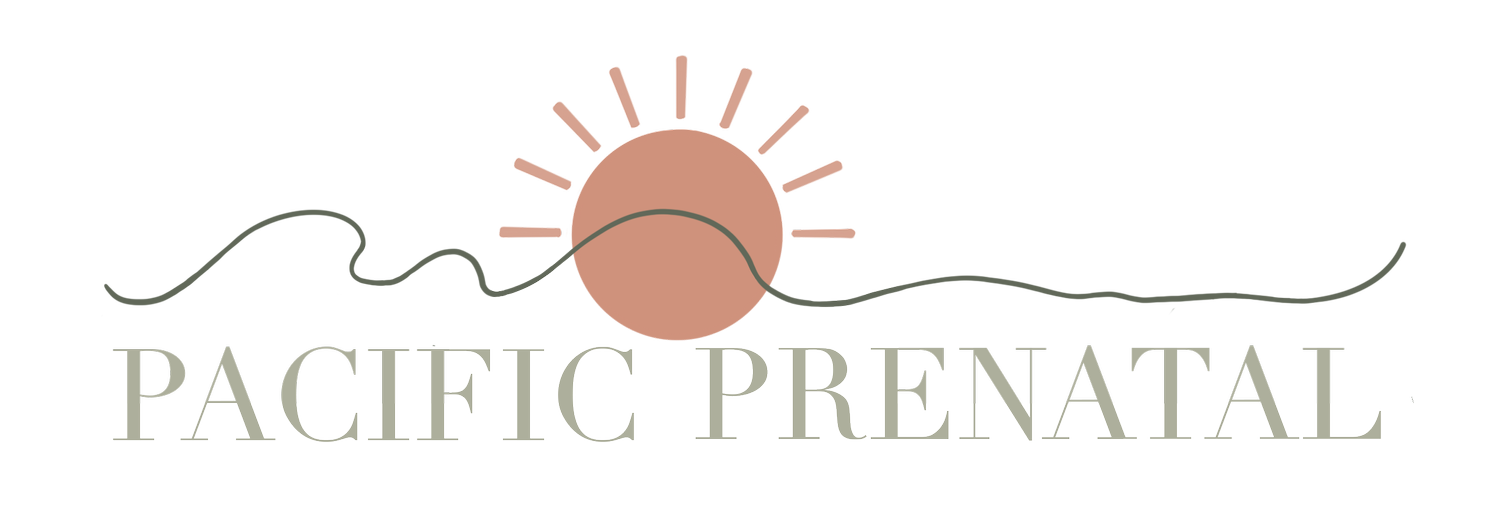The Power of Oxytocin in Birth
As a birth doula who supports families in pursuing intuitive, holistic births, I often find myself in awe of the body's natural intelligence, especially when it comes to the hormones that guide the labor process. One of the most powerful players in this physiological symphony is oxytocin, also known as the “love hormone.”
What Is Oxytocin?
Oxytocin is a hormone and neuropeptide produced by the hypothalamus and released by the pituitary gland. It plays a central role in labor, birth, and bonding. Often released during moments of deep connection like hugging, breastfeeding, and orgasm. Oxytocin is the body’s way of saying, “You’re safe, you’re loved, you can open.”
Oxytocin in Childbirth
During labor, oxytocin:
Triggers uterine contractions to help dilate the cervix and move the baby down the birth canal.
Regulates the rhythm and strength of contractions, helping labor to progress.
Promotes bonding immediately after birth, helping parents fall in love with their baby.
Stimulates milk ejection (let-down) during breastfeeding.
The more calm, connected, and supported a birthing person feels, the more oxytocin flows. This is why creating a warm, low-light, safe, and uninterrupted birthing space is so essential.
Bring in the Endorphins
Alongside oxytocin, the body’s natural pain relievers; endorphins. Endorphins are released in waves during labor. They rise in response to increasing intensity, helping the birthing person move into a more internal, instinctive state. Together, oxytocin and endorphins create a rhythm, or a wave, that is both powerful and protective, guiding the body through labor while also buffering pain.
When left undisturbed and supported, this hormonal dance allows many people to experience a sense of empowerment, even euphoria, during or after birth.
Ok, so what about Pitocin?
Pitocin is the synthetic form of oxytocin and is often used in hospital settings to induce or augment labor when medical providers determine that intervention is necessary; such as when labor isn’t starting on its own, contractions have stalled, or there are concerns about the baby’s or birthing person’s health. It is administered through an IV to stimulate uterine contractions. However, unlike the body’s natural oxytocin, Pitocin is delivered in a continuous dose, which can lead to stronger, more frequent, and less manageable contractions. Because of the intensity it can create, especially when the body hasn’t had time to gradually adjust, Pitocin is often paired with an epidural to manage the increased pain. While it can be a helpful tool in certain situations, it’s important to understand the full picture so birthing people can make informed choices about when and how interventions are used.
This doesn’t mean Pitocin is “bad.” It simply means that it bypasses the natural feedback loop, and as a result, the body doesn’t get the same hormonal benefits. As a holistic doula, my role is to help clients understand the differences, ask questions, and feel empowered in their choices—whether their labor begins spontaneously or with medical support.
Supporting the Hormonal Blueprint
For those planning a physiological birth, there are many ways to nurture oxytocin and endorphin flow:
Dim lighting
Quiet, calm environment
Loving physical touch
Continuous emotional support
Feeling safe, unobserved, and respected
Freedom to move and vocalize
These elements are not just nice to have… they’re biologically supportive. They protect the hormonal flow that supports both the progress of labor and the emotional experience of birth.
Oxytocin is the heart of the birthing experience. It reminds us that birth is not just a medical event… it is an emotional, spiritual, and deeply human one. When supported with trust, presence, and knowledge, the body often knows just what to do. My role as a doula is to protect that space, honor each birthing person’s wisdom, and support them through every wave.
If you're planning a birth and want to explore more about how to support your body’s natural hormones, I’d love to connect. You were made for this and you don’t have to do it alone.
Love,
Alex
